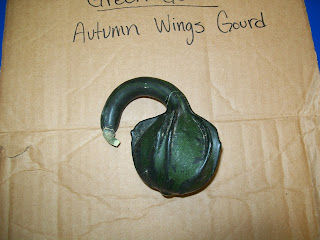We read an article about how animals use slime to protect themselves and travel up walls or across rough surfaces. We discussed friction, lubricants, and polymers. Then we made our own slime. It should be stored in the refrigerator to prevent mold.
We also cut open a huge pumpkin (Big Mac) to count the seeds and check out the pulp. It was interesting because the pulp was green in some areas and orange in others. We counted 308 seeds. I will post pictures to the class blog by the end of the day tomorrow.

















































